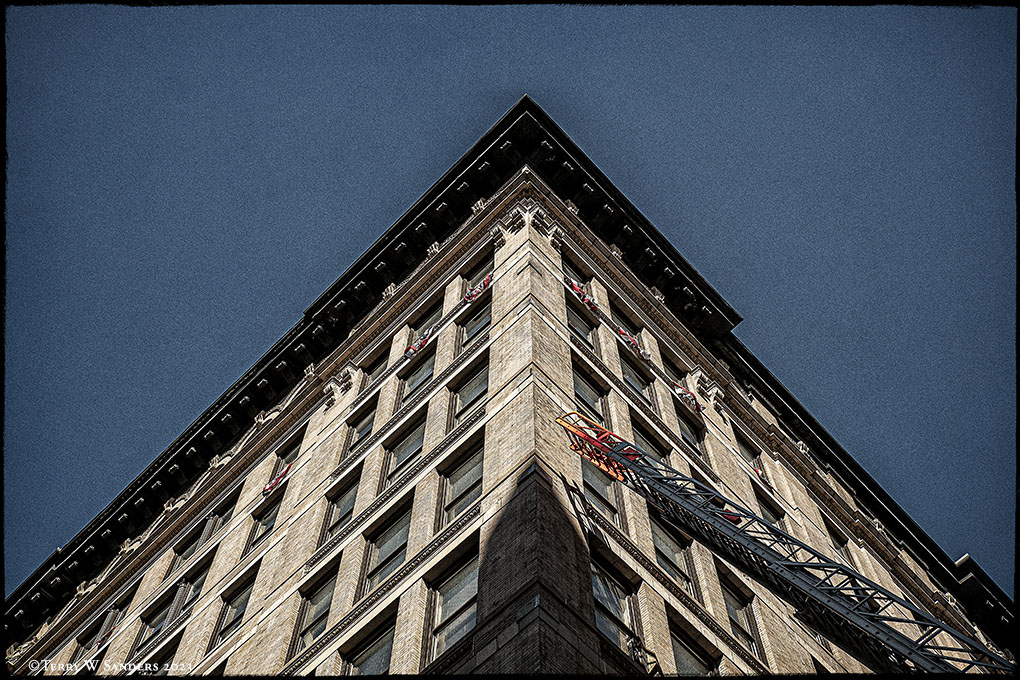The terrible story of the Triangle Fire keeps reminding us about exploitation on the job site and the hardships of migrants’ lives, especially migrant women – a lesson that resonates deeply in our times. The site of the fire in New York City is still honored and visited by tourists and New Yorkers, especially those from communities with links to the victims.
It was March 25, 1911: 146 workers—mostly Eastern European Jewish and Southern Italian immigrant women and girls – died in the fire at the Triangle Shirtwaist Company in New York City. The fire, caused by a lack of adequate safety measures, had such an impact on public consciousness that it changed US social history, as a recent panel at Casa Italiana Zerilli Marimò discussed.
Most of the victims were aged 14 to 23; the oldest was 43-year-old Providenza Panno, and the youngest were 14-year-olds Kate Leone and Rosaria “Sara” Maltese. They are not forgotten, and it’s essential to remember names and faces of the victims. The panel at Casa Italiana was titled It Begins with a Name – Learning to Remember the Triangle Fire, and Edvige Giunta was joined by Etrita Abdullahu, a dancer, and Jennifer Merz, author of Steadfast: Frances Perkins, Champion of Workers’ Rights.
It was also the first “Alba Capriati Lecture”, a series of discussions and presentations dedicated to women at Casa Italiana, sponsored by her sister Giosetta Capriati, as she explained at the start of the evening (Alba Capriati died more than three years ago from Covid).
During the discussion, Edvige Giunta considered the question of the memory work surrounding the fire in contemporary times. Drawing on her pedagogical experience as a teacher of memoir as well as a course on the Triangle fire, the co-editor of Talking to the Girls: Intimate and Political Essays in the Triangle Shirtwaist Factory Fire presented a memoiristic model for writing of the historical past.
The Shirtwaist Company factory was located on the 8th, 9th, and 10th floors of the Asch Building, which had been built in 1901. It still stands at 23–29 Washington Place, on the New York University campus; today, it is a National Historic Landmark and a New York City landmark.
The women died because the doors to the stairwells and exits were locked, a common practice at the time to prevent workers from taking breaks or to sneak out cloth. Many died from the smoke, and many jumped out of the windows to their deaths trying to escape the fire. It was the worst industrial disaster of New York City’s history and it spurred legislation requiring improved factory safety standards. Today, it is a stark reminder of the harsh life migrants often lead, and of the unsafe work conditions in many countries of the global South, where people labor to produce clothes and other goods sold at a low price in the Western countries.
Casa Italiana Zerilli-Marimò sponsored the “Collective Ribbon” exhibition and a permanent memorial for the victims of the Triangle Shirtwaist factory fire.












